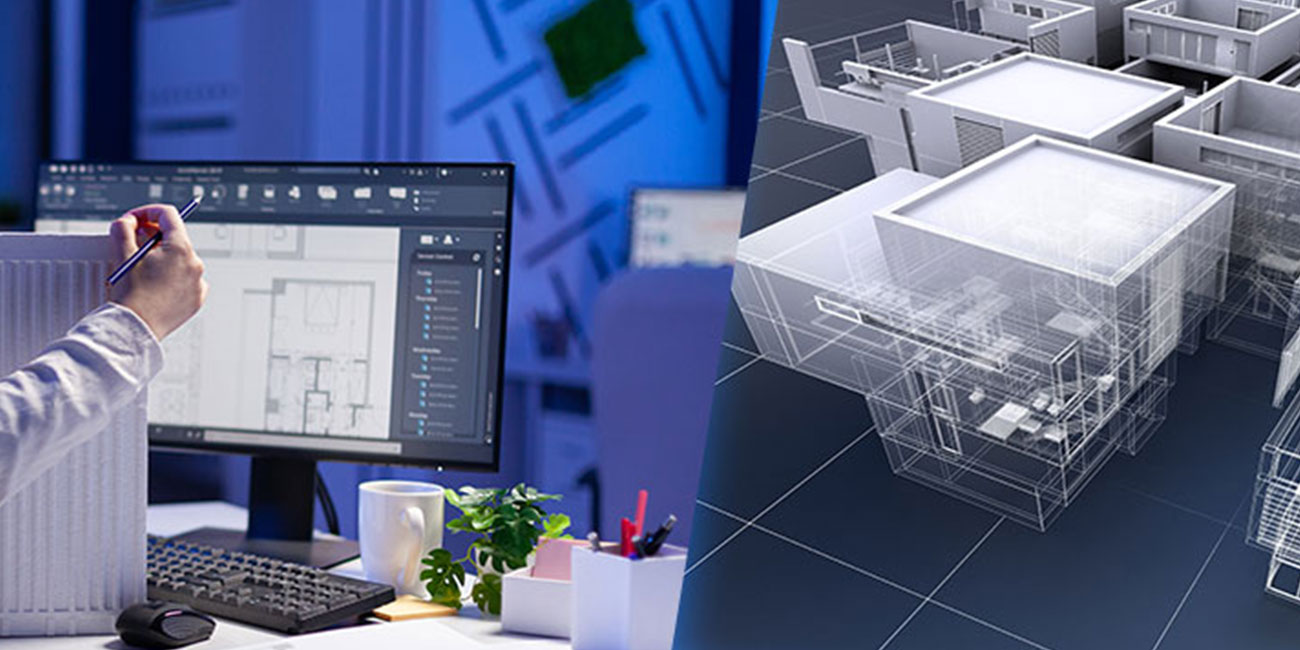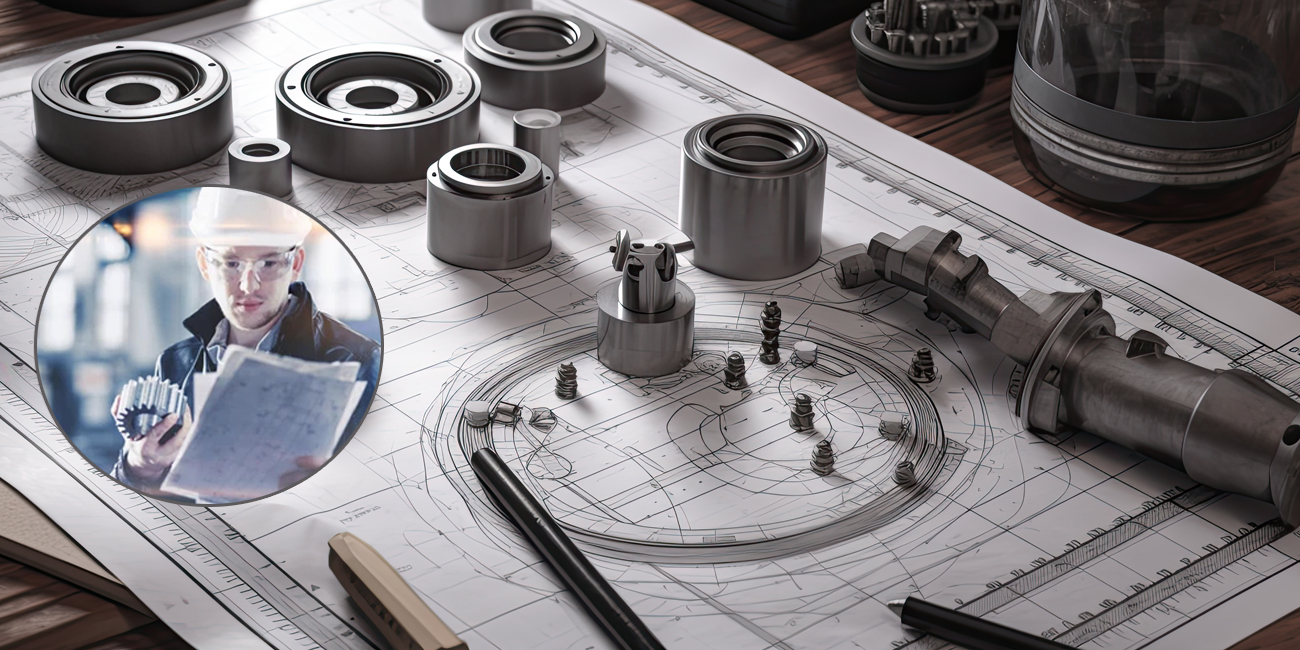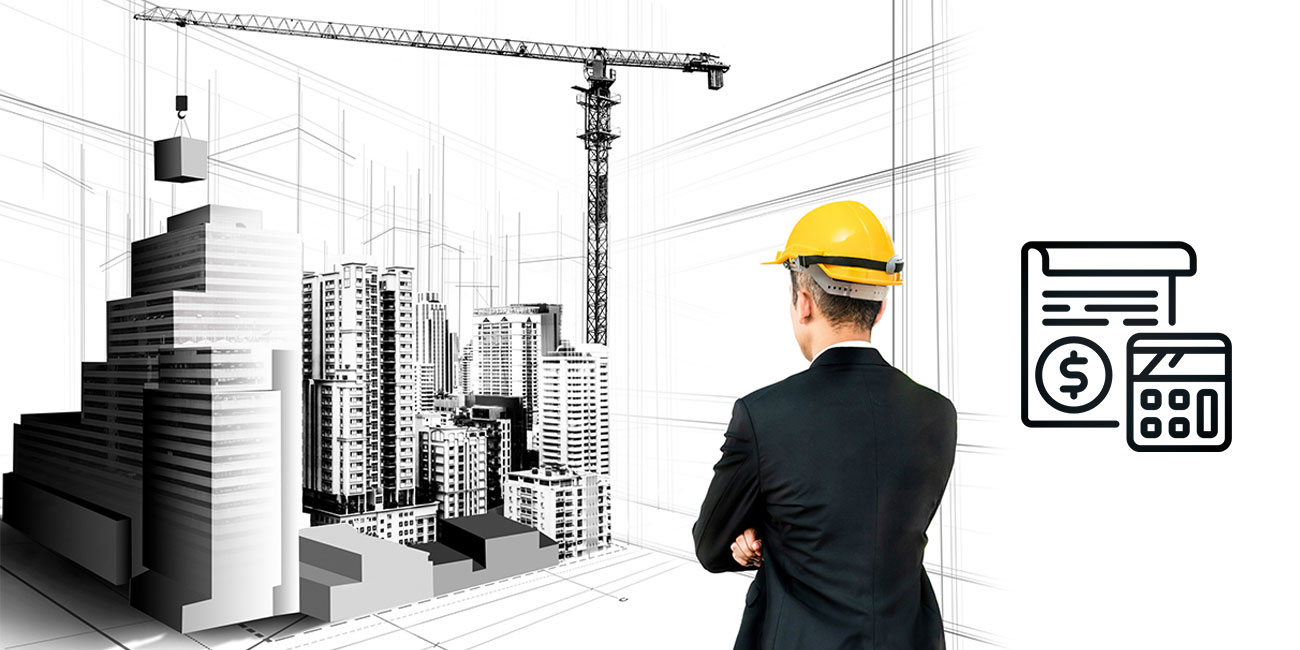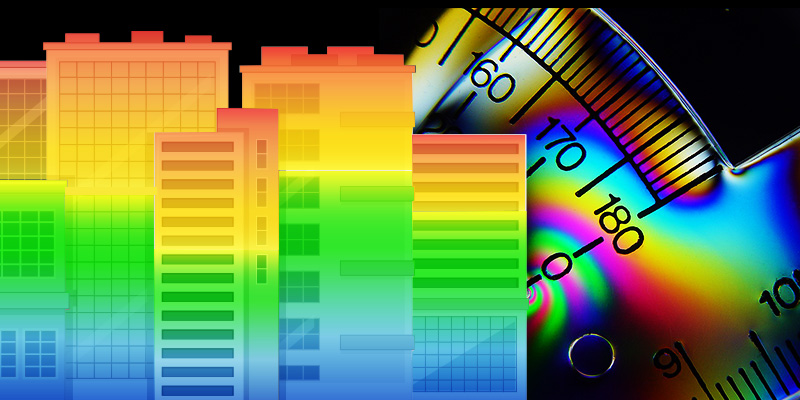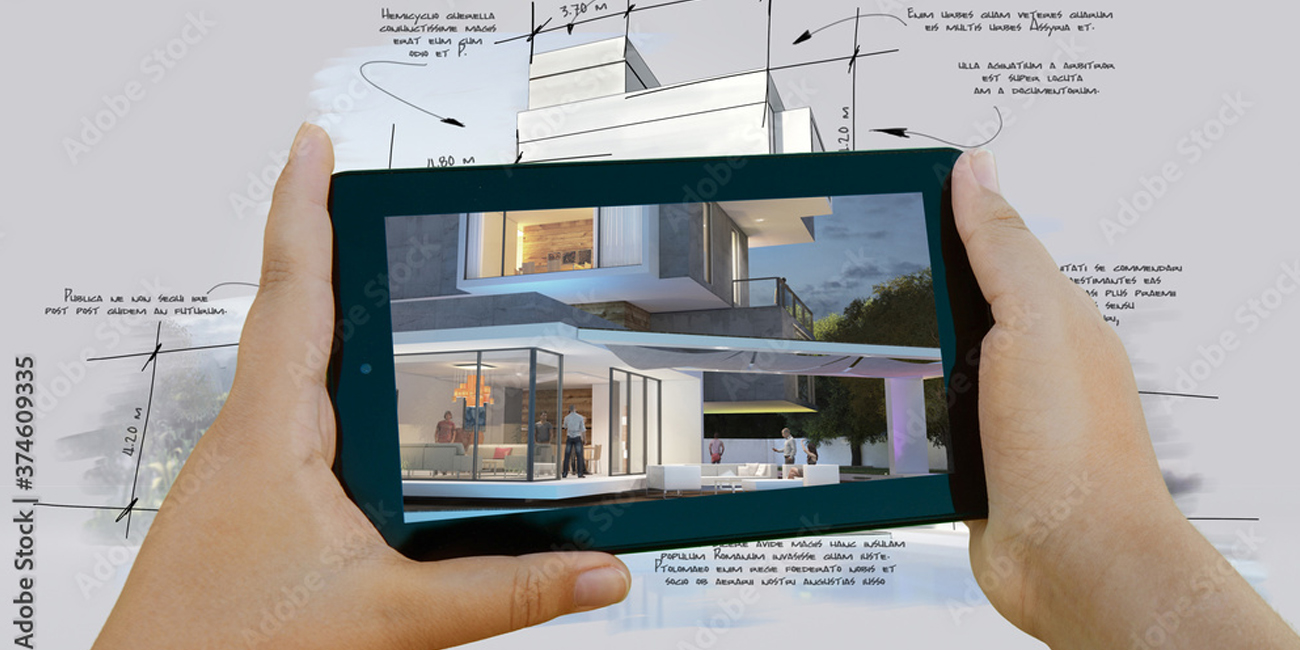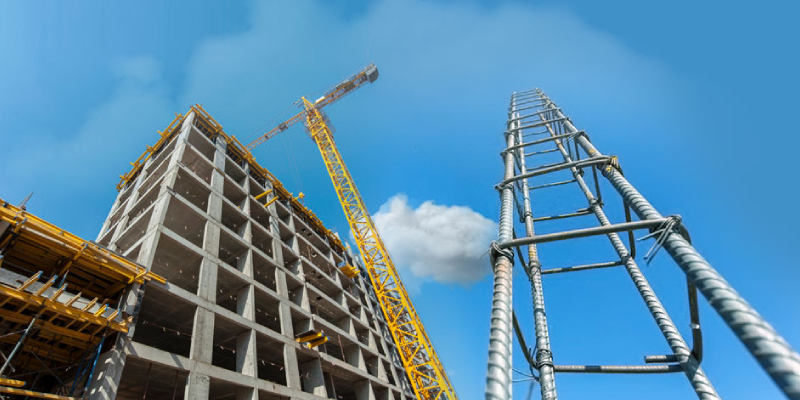
With the rise in the use of the reinforced concrete structure as a building element, the demand for strong corrosion-resistant steel concrete structures is significantly gaining importance. As the after-effects of corrosion brings down the performance of the structural steel structure and even premature deterioration due to a decrease in durability and life duration of steel rebars, researchers and engineers are continuously working on materials and methodology to prevent corrosion.
Corrosion is the result of exposure of steel structures to the external environment and its adversity. It is an electrochemical process that oxidizes the iron present in steel rebars and forms rust on the surface of the steel structure. And its rate of growth gradually reduces the self-life of the steel structure.
For minimizing the corrosion impact, regular monitoring, and evaluation of steel structures is essential. Also, with the help of scientifically planned rebar services implementing a steel-reinforced structure with high corrosion resistance avoids the inducing agents from penetrating the steel surface.
Why and how corrosion affects concrete steel structure
Corrosion of steel structure is due to an electrochemical process in the presence of moisture and oxygen the iron present in the steel in addition to oxygen (air) and water (moisture) reacts to form the hydrated ferric oxide, called red rust. A required amount of oxygen and water at the rebar level initiates corrosion in the concrete structures.
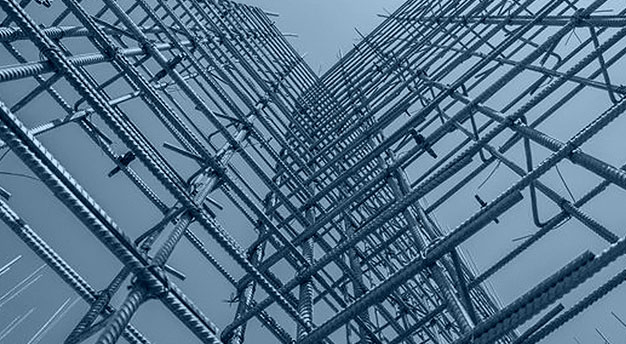
The corrosion in steel-reinforced structures proceeds in two phases the Initiation stage and Propagation stage.
Initiation stage
The initiation stage even called the latent or hidden damage phase, is the time taken for conditions to become conducive to corrosion. The steel loses its passivity (a protective layer on a steel surface to resist corrosion maintained by a high alkaline concrete environment) when contaminated with chemical species, i.e., carbonation and chloride ions.
Carbonation occurs when the alkaline matrix of the concrete reacts with carbonaceous gases, mainly carbon dioxide present in the atmosphere. It reduces the alkalinity and dissolves the passive layer of steel.
Chloride ions ingress occurs through de-icing salts, marine environments, and contaminated water it breaks the passive layer resulting in pitting corrosion.
Propagation Stage
When the chloride ions start penetrating the concrete, and the threshold value or carbonation depth exceeds the concrete cover, corrosion of reinforced concrete initiates. The growth of corrosion rate leads to cracks on the surface, rust staining, and spalling of the concrete cover. A more reactive maintenance program is required at this stage to save the structure.
Effects of corrosion on steel structural behavior
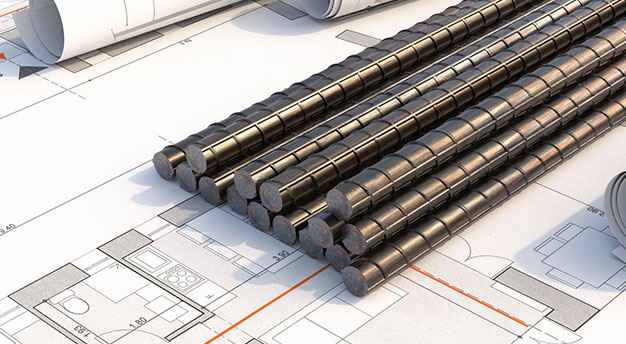
Corrosion leads to the formation of red rust on steel surfaces, which is four to seven times larger in volume than the original matter. It not only brings down the performance and durability of the steel structure but several structural behavioral changes also observed.
Some structural effects of corrosion on the steel-reinforced concrete structure are
Loss of strength
Corrosion reduces the effective cross-sectional area of structural elements like beams, columns, slabs, etc. The sheer capacity of the structural parts reduces, the shear strength reduction in concrete slabs close to the column may lead to punching shear failure.
Reduction in fatigue strength
With the development of pitting corrosion, additional points of stress concentration get created that bring cracks and reduces the fatigue strength of steel elements, several connections and joints, and the reinforced concrete elements. In the case of reinforced concrete beams, corrosion increases the mass loss percentage of corroded steel, leading to a decrease in the fatigue life of the beam.
Reduction in concrete-rebar bond
The strength of the steel-concrete structure and its element depends on the concrete-rebar bond. Because of steel corrosion, the corrosion products start expanding, leaving behind a low- quality steel layer on the reinforcement surface. As this layer has a low-quality bond with its surrounding concrete, it reduces the strength of that particular section, even leading to premature failure of that section.
Ductility reduction
Reinforcement corrosion in the lap splices affects the load transfer in splices and prevents developing yield stress. So, because of lower yield stress and plastic deformation, ductility reduces for that section, which is assumed to be critical for seismic design and its evaluation.
Methods of evaluating corrosion in steel
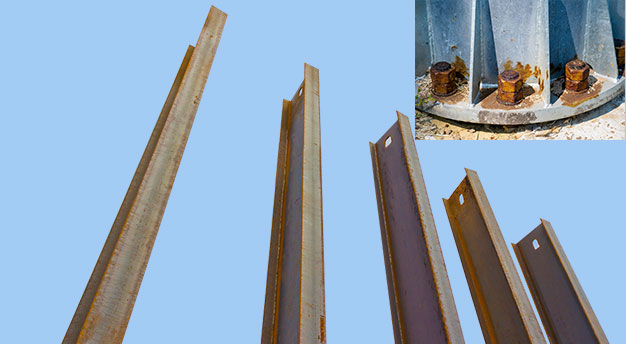
Timely identification and evaluation of corrosion in steel structures are vital for avoiding any premature failure or collapse of the structure. The sound methods for evaluating steel corrosion establishes a link between structural performance and reinforcement corrosion that helps in proper planning for maintenance and replacement of the concrete structure. Listed below are some techniques that help to assess or evaluate corrosion levels in steel-reinforced concrete structures.
Micro-computed tomography technique
This micro-computed tomography technique, also known as CT scanning, is also used in civil engineering and corrosion assessment and evaluation of corrosion level in concrete and mortar, apart from image diagnostic medicine.
Under this technique, the Corroded steel bars get placed in a Metrotom machine with projected X-Ray beams. As the steel bar is composed of steel and corroded products, different amounts of X-ray beam absorbed by both the parts. It is possible to obtain a 2D image through a machine detector at this stage. Adjust the intensity of X-ray to penetrate it thoroughly to the thickness (density) of material, i.e., steel and corroded part. A full 3D interpretation gets obtained by repeating the process several times with different angles.
The outer surface of corroded steel is explained in detail using this technology, without cleaning the corrosion part.
Corrosion using scanning techniques
The variation in corrosion level is measured along a bar, using scanning methods.
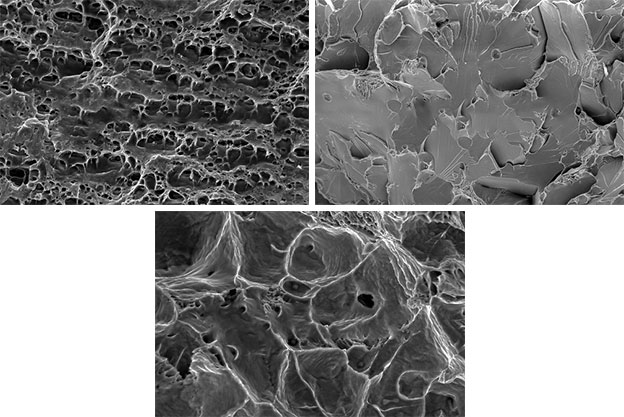
- First, clean and repair the outer geometry based on scanning output and transform the node coordinate into a polar coordinates system to create a contour plot of the corrosion penetration along the bar surface. Now, corrosion pits along the bar surface are visible.
- Integrate new coordinates, obtain cross-sectional area at particular sections, and calculate the sectional area along the bar. Due to the ribbed bar, the cross-sectional area varies. Use cubic splines and discover the uncorroded zones and calculate the average cross-sectional area.
- Plot the normalized cross-sectional reduction by dividing the measured cross-sectional area for the uncorroded area. Finally, plot the percentage of corrosion level variation along the bar.
Half-cell potential method
Half -cell consists of a solution of Cu/CuSO4 or Ag/AgCl the metal rod is connected with the reinforcement bar using a voltmeter, and the external electrode and steel reinforcement connected through a wet concrete cover. The voltmeter helps in measuring the potential difference between steel reinforcement and external electrode and evaluates the potential difference on the exposed surface of the concrete cover. The higher the negative value of half-cell potential higher is the corrosion level.
Electrochemical measurements
In this method, an electrochemical reaction is performed, where a specimen of steel rebar immerses in an aqueous solution. Usually, this experiment gets performed using three electrodes, the working electrode (sample specimen, i.e., corroded rebar), a counter electrochemical, and a reference electrode that acts as the standard.
An oxidation-reduction happens at the specimen surface, as oxygen and ions get dissolved in the solution, which helps in determining the electrical potential. Later, the natural electrode potential is measured by evaluating it against the potential of the reference electrode.
Galvanostatic pulse method
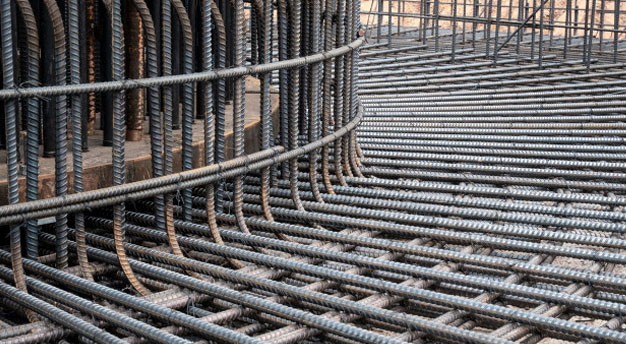
The main principle of this method is the polarization of steel rebar using a small constant current. After applying the current pulse to steel concrete, the current gets switched off to determine the polarizing potential. With the help of this Galvanostatic pulse technique, half-cell potential and electrical resistance of the steel-concrete get determined simultaneously.
Linear polarization resistance
Based on the electrochemical theory, this method measures the corrosion resistance of steel rebar in an aqueous solution. A small voltage gets applied to an electrode in solution the current required to maintain a specific voltage shift (typically, 10 mV) is proportional to the corrosion on the surface of the electrode.
Time-domain reflectometry
It is an easy and robust method of corrosion evaluation that locates the corrosion point and extent of the damage. It creates a transmission line alongside the reinforcement with the help of a sensor wire, the electromagnetic properties of the line changes if there is any physical defect in the reinforced concrete due to corrosion.
Ultrasonic guided waves
Based on the propagation of ultrasound waves, the Ultrasound-guided waves method helps in identifying the location of corrosion in concrete as well as the magnitude of corrosion level. The limitation of this method is that it is not always reliable.
Techniques to protect structures from reinforced corrosion
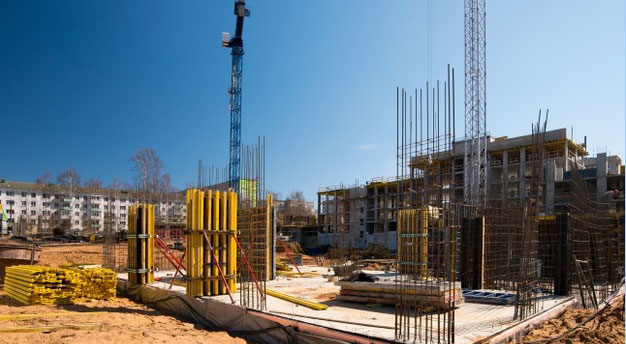
For saving the reinforced structures from corrosion, several methods and techniques are applied that helps in decreasing the corrosion rate, reduces the permeability of concrete, reduces the ingress of harmful ions, and thus, increases the service life of reinforced concrete structures.
Use of Super-plasticizers and mineral admixtures:
Fly ash and Zno reduce the concrete porosity to decrease the penetration of harmful ions. Granulated blast furnace and use of pozzolanic materials also reduce the corrosion rate.
Use of corrosion inhibitor as admixture or repair product:
Corrosion inhibitors like calcium nitrate, benzotriazole, polyvinylpyrrolidone, alkanol amine, and amino alcohol reduces the corrosion rate.
Low –nickel stainless steel rebars and chromium steel
The use of low nickel stainless fewer rebars provides a high alkaline pore solution to reduce corrosion rate. Steel with high chromium percentage is highly corrosion resistant.
Fusion bonded epoxy coated (FBEC) and DINITROL AV 30 coated steel bars:
Steel bars that are fusion bonded epoxy coated and DINITROL AV 30 coated are highly resistant to corrosion.
Avail of the benefits of partnering with a steel engineering company
Corrosion monitoring and evaluation system are essential to maintain and increase the service life of a structure. Along with rebar estimation, fabrication, detailing, and placement, eLogicTech’s rebar monitoring, and evaluation services assist in using updated and feasible methods for durability assessment of the steel structure. Our experienced team also helps in taking remedial measures to slow down the corrosion rate and increase the longevity of the steel structures. To know more about the advanced corrosion-resistant techniques and book a consultation with our experts, contact us.
Stay up to date.
Sign up our newsletter for latest article and news.






